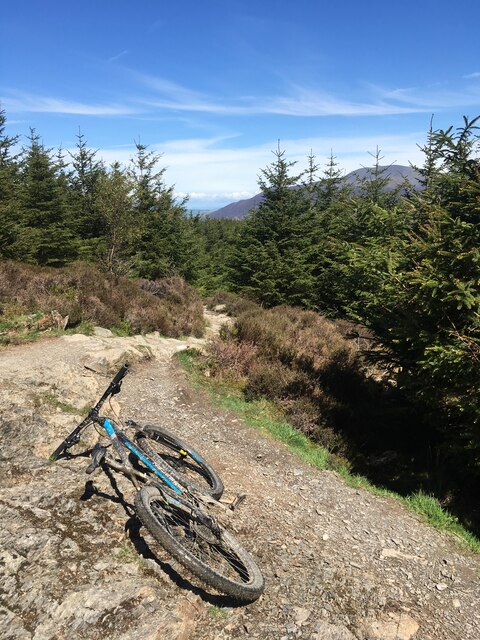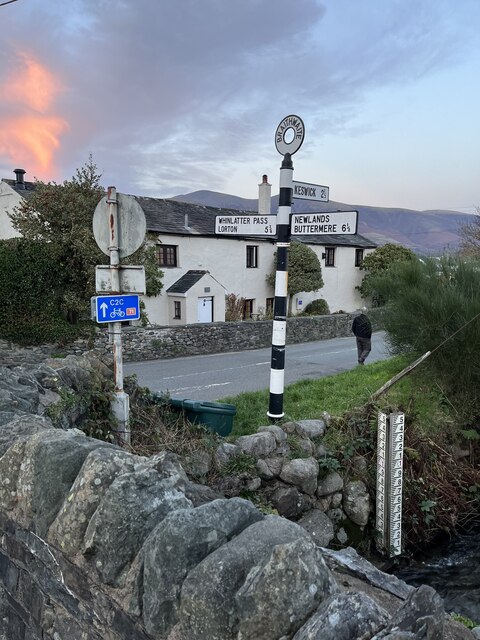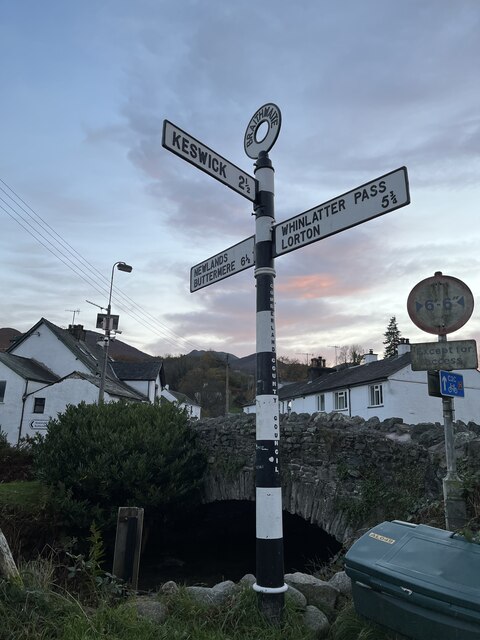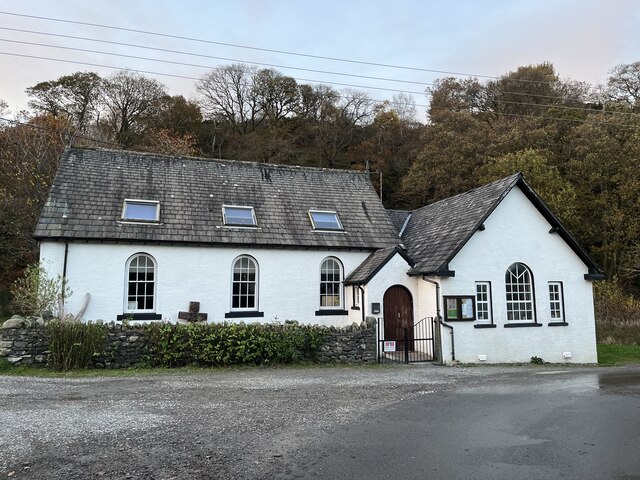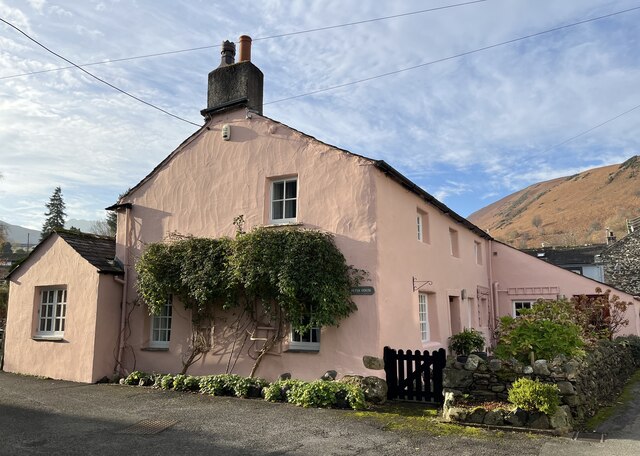Stile End
Hill, Mountain in Cumberland Allerdale
England
Stile End
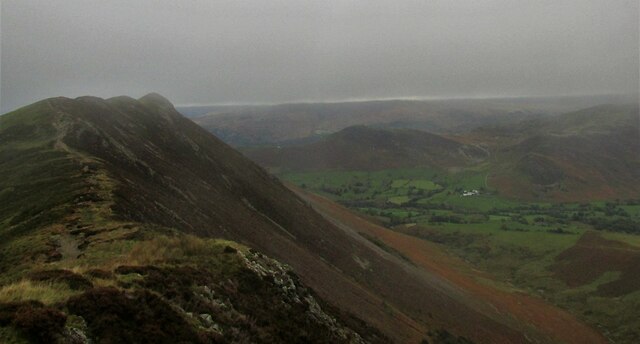
Stile End is a prominent hill located in Cumberland, England. Situated within the Lake District National Park, it is part of the larger Blencathra mountain range. Standing at an elevation of approximately 750 meters (2,461 feet), Stile End offers breathtaking panoramic views of the surrounding countryside.
The hill is known for its distinctive shape, featuring steep slopes and a rugged terrain that challenges even experienced hikers. Its rocky summit offers a thrilling adventure for climbers and mountaineers, attracting outdoor enthusiasts from across the country.
Stile End is surrounded by a diverse ecosystem, with its lower slopes covered in lush greenery and dotted with picturesque woodlands. The hill is home to a variety of plant and animal species, including heather moorland, native oak trees, and birds such as golden eagles and peregrine falcons.
Hikers and walkers can access Stile End from various starting points, including the nearby villages of Threlkeld and Scales. Popular routes include the ascent via Bannerdale Crags or the steep climb up Blease Fell. Those who reach the summit are rewarded with breathtaking views of the Lake District's iconic landscape, including nearby peaks like Blencathra and Skiddaw.
Stile End is not only a haven for outdoor enthusiasts but also holds historical significance. It was once used as a training ground for the infamous British commandos during World War II. Today, it remains a cherished destination for nature lovers, offering a memorable experience for all who visit.
If you have any feedback on the listing, please let us know in the comments section below.
Stile End Images
Images are sourced within 2km of 54.586444/-3.2073768 or Grid Reference NY2221. Thanks to Geograph Open Source API. All images are credited.
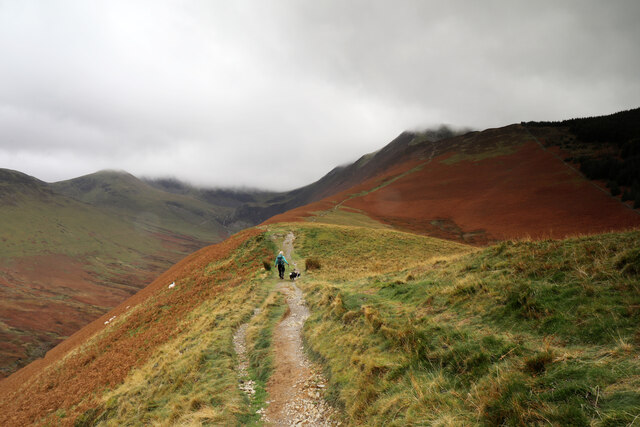
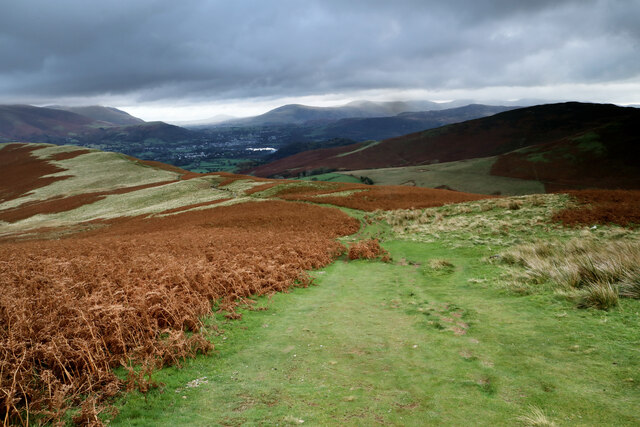



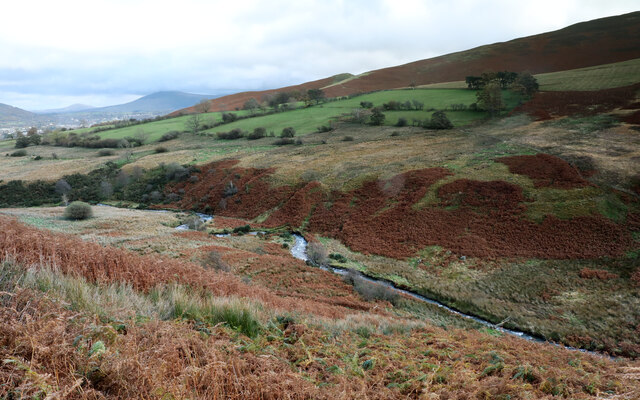
Stile End is located at Grid Ref: NY2221 (Lat: 54.586444, Lng: -3.2073768)
Administrative County: Cumbria
District: Allerdale
Police Authority: Cumbria
What 3 Words
///fatherly.flotation.pads. Near Keswick, Cumbria
Nearby Locations
Related Wikis
Barrow (Lake District)
Barrow is small fell in the English Lake District in the county of Cumbria which reaches a height of 455 metres (1,494 feet). It is in the Newlands Valley...
Above Derwent
Above Derwent is a civil parish in Cumbria, England, to the west of Derwentwater and Keswick. It lies entirely within the Lake District National Park.At...
Outerside
Outerside is a fell in the Lake District in Cumbria, England. It is located 6 kilometres (4 miles) west of Keswick in the north western part of the national...
Rowling End
Rowling End is a peak in the Lake District about 433 meters it is a steep slope leading up towards Causey Pike. It is briefly mentioned in books however...
Nearby Amenities
Located within 500m of 54.586444,-3.2073768Have you been to Stile End?
Leave your review of Stile End below (or comments, questions and feedback).
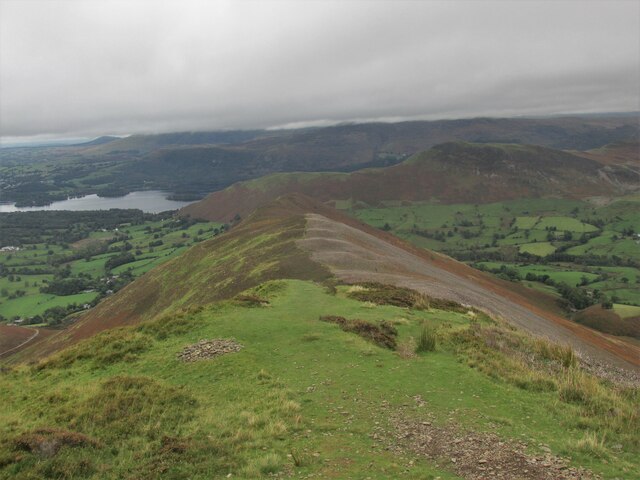
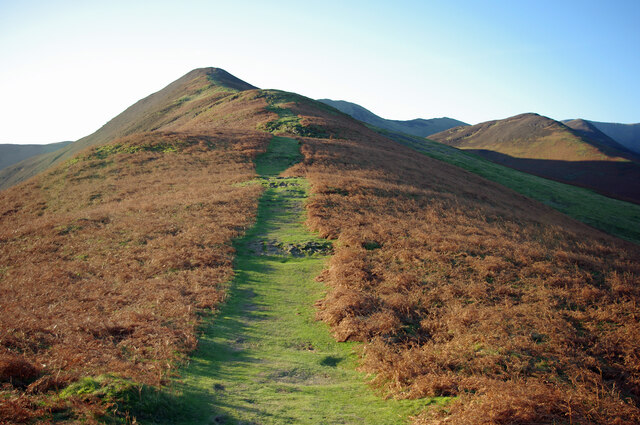
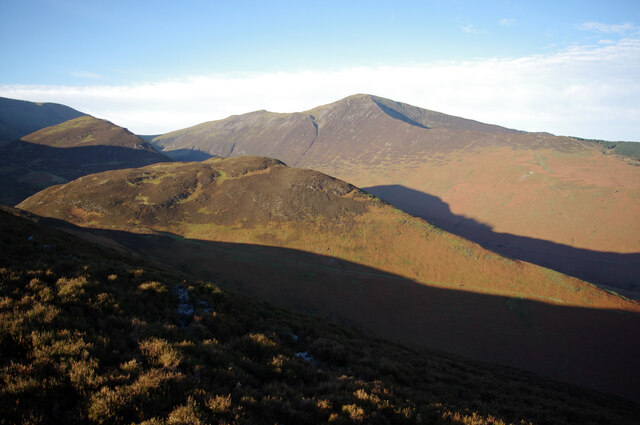
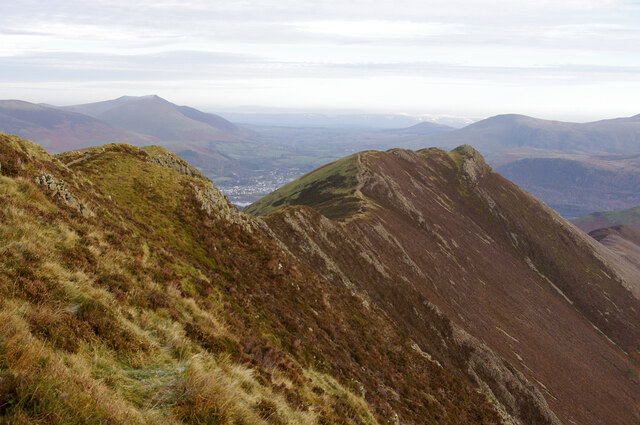
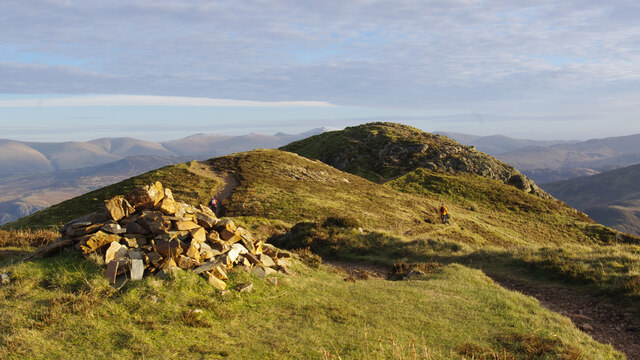
![East from Causey Pike Sleet Hause and Rowling End are in the foreground. In the mid-distance are Derwent Water and Keswick (left), and Cat Bells (centre right). The Helvellyn range forms most of the skyline.
[Image formed from 2 photos merged together.]](https://s0.geograph.org.uk/geophotos/07/03/78/7037856_0711c206.jpg)
